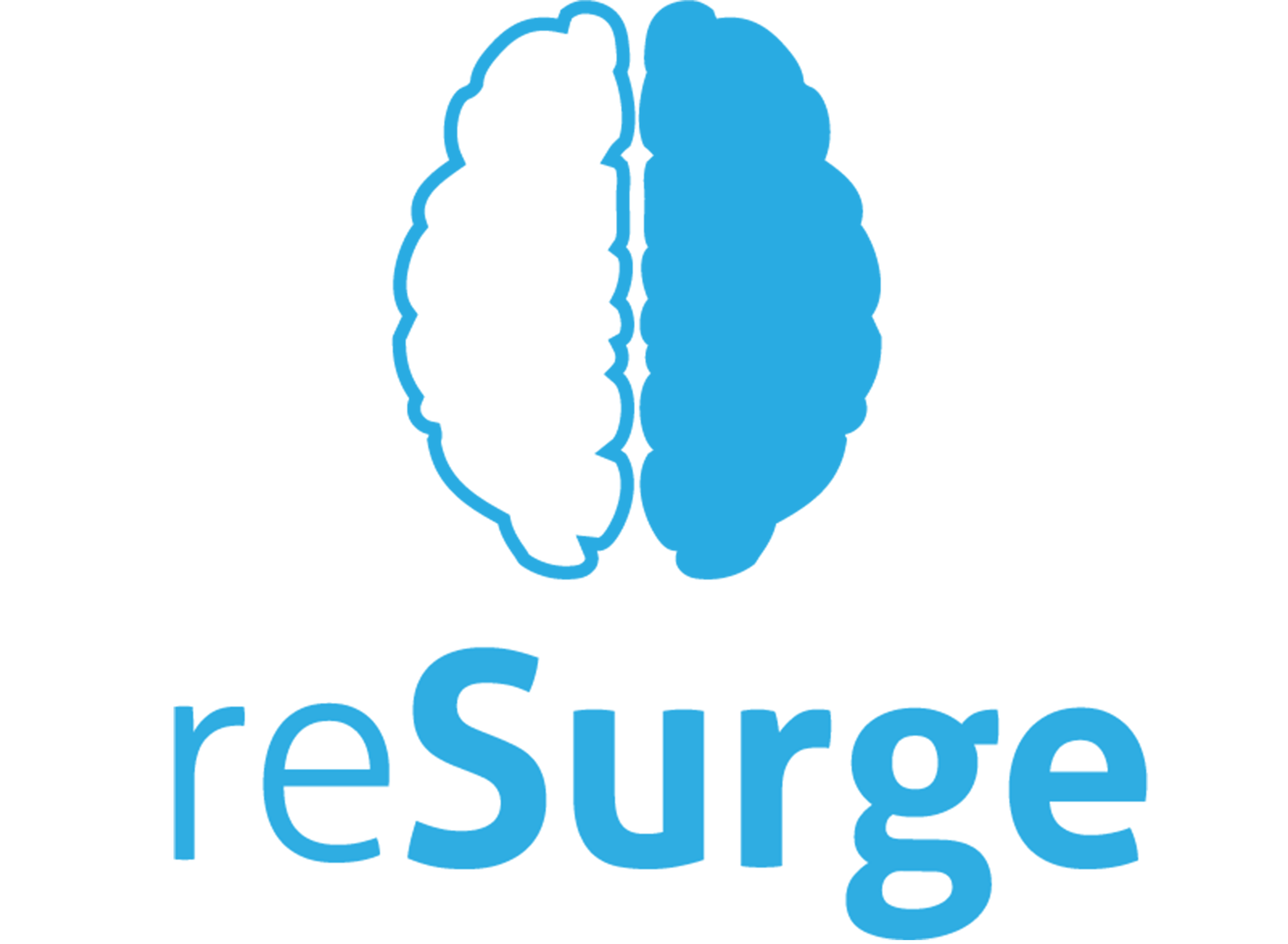Background
Patients with glioblastoma face a grim prognosis. Despite recent advancement in neurosurgical technology and neuro-oncology glioblastomas almost invariably progress or recur after a median of 4-8 months. The strategy to repeat tumor resection at recurrence in order to minimize tumor load and thus to facilitate subsequent second-line therapy has been shown to be feasible and safe.
However, evidence for a survival benefit of surgery for recurrent glioblastoma is scarce and relies entirely on retrospective analyses. While most retrospective analyses report an apparent survival benefit, an EORTC meta-Analysis on second-line therapies found no survival difference in patients with or without surgery at recurrence. With regard to the risks and costs inherent to surgery for glioblastoma, a randomized controlled trial is required.
Objectives
The primary objective of this randomized trial is to compare survival outcome after surgery followed by adjuvant second-line therapy to no surgery followed by second-line therapy in recurrent glioblastoma. An auxiliary objective to primary objective is to compare the survival outcomes of operated patients to control in the subgroups stratified by extent of resection: incomplete resection (non-CRET) vs complete resection (CRET).
Secondary objectives are: assessment of recruitment for all screened patients, comparison of progression-free survival between treatment arms, evaluation of crossover and comparison of patient quality of life between treatment arms.
Safety objectives are: to assess neurological deficits, local infections and morbidity associated to surgery and hospital stay after surgery and during follow-up.
Inclusion Criteria
- Informed consent
- ≥18 years of age
- Prior resection of glioblastoma confirmed by histology
- Glioblastoma pretreated with standard radiotherapy without or with temozolomide
- First progression according to RANO criteria
- First progression not within 3 months after completion of radiation therapy
- Complete removal of contrast-enhancing lesion considered feasible without significant risk ofpermanent speech or motor function according to MRI as confirmed by study eligibilitycommittee after screening and prior to recruitment
- No encroachment of the M1 or A1 segments of the medial and anterior cerebral artery on MRI
- No contrast enhancement in presumed speech and primary motor areas on MRI
- No midlineshift on MRI
- No contrast enhancing ventricular spread, multifocal recurrence, meningeosis carcinomatosaor infiltration of the contra-lateral hemisphere on MRI
- No contra-indication for surgery
- Good functional status (KPS ≥ 70)
